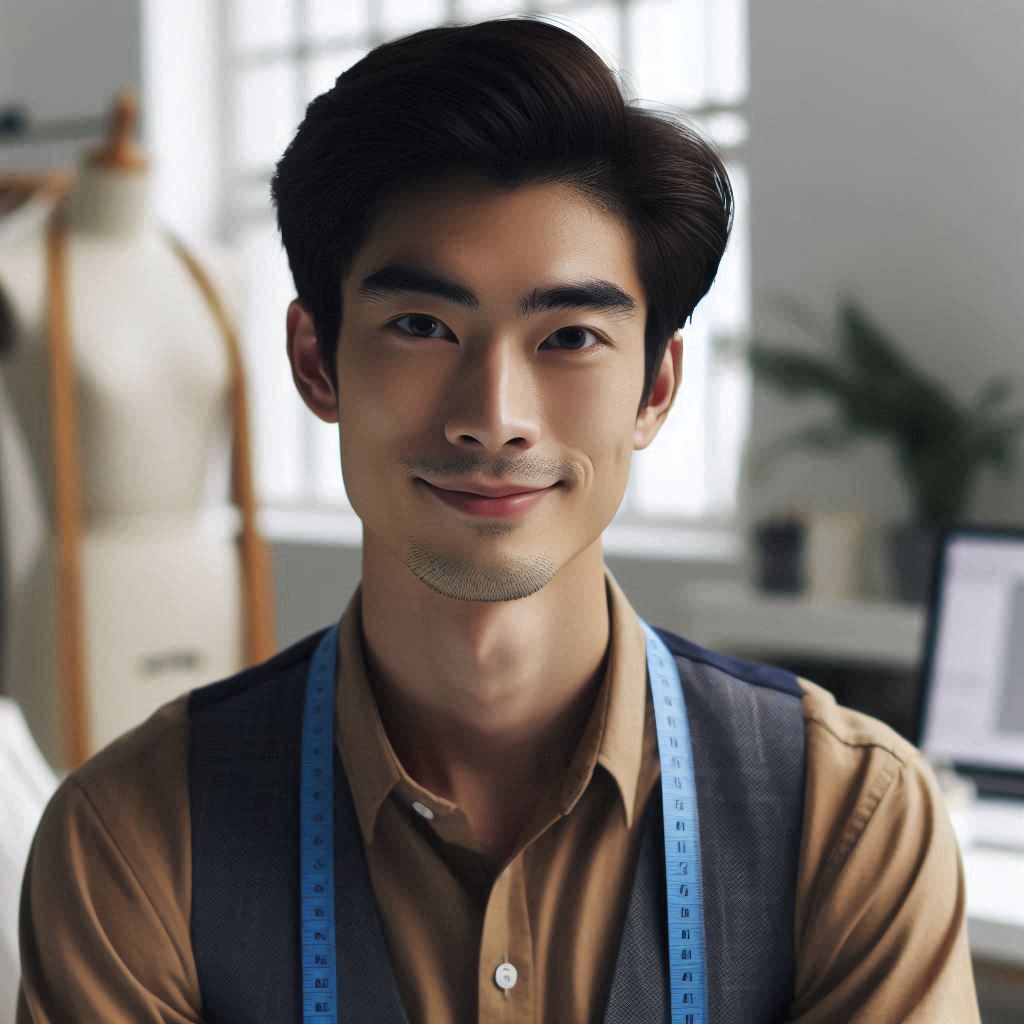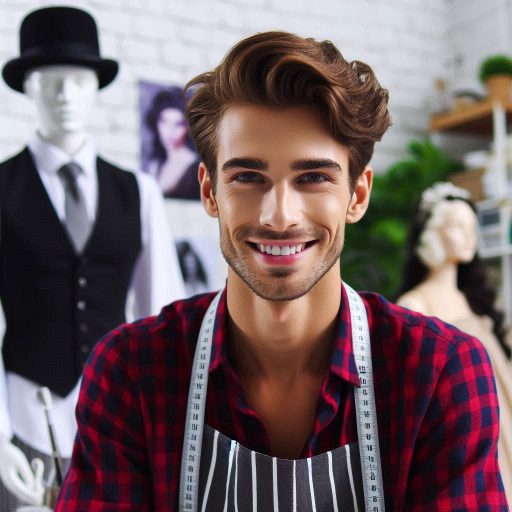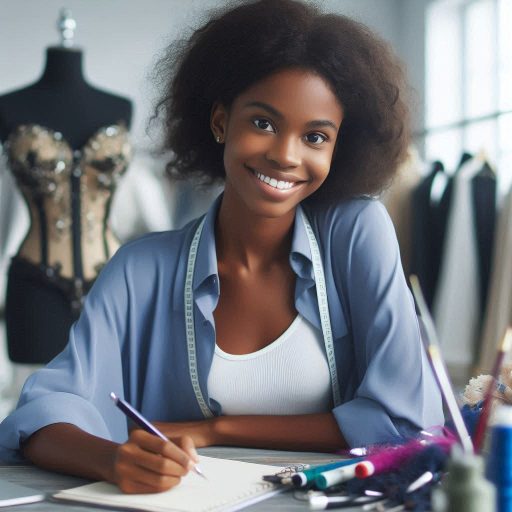INTRODUCTION
Period films are movies set in a specific historical era.
Costumes play a crucial role in bringing authenticity to period films.
Designing costumes for period films is challenging due to historical accuracy requirements.
Costumes help transport viewers to a different time and place.
They help to establish the mood, tone, and setting of the film.
Attention to detail in costume design enhances the overall viewer experience.
Researching historical fashion trends for accuracy is time-consuming.
Creating costumes that are both historically accurate and visually appealing is a delicate balance.
Designers must also consider factors like fabric choices and budget limitations.
Collaboration with the director is essential to ensure the costumes align with the film’s vision.
Communication with the production team is crucial for coordinating costume logistics.
The costume designer must work within the constraints of the film’s schedule and budget.
Sometimes custom-made costumes are necessary for specific characters or scenes.
Vintage clothing or authentic replicas may be used to enhance historical accuracy.
The choice between custom-made and vintage costumes depends on the film’s requirements and budget.
Designing costumes for period films involves meticulous research and attention to detail.
The costumes help bring the historical setting to life for viewers.
Despite the challenges, costume designers play a vital role in creating immersive cinematic experiences.
Research Historical Period
Conduct thorough research on the historical period the film is set in
When designing costumes for period films, one of the most crucial steps is to conduct thorough research on the historical period the film is set in.
This research will serve as the foundation for creating authentic and believable costumes that accurately represent the era.
Transform Your Career Today
Unlock a personalized career strategy that drives real results. Get tailored advice and a roadmap designed just for you.
Start NowUnderstand the Fashion Trends
First and foremost, it is essential to understand the fashion trends of the historical period.
Look into the silhouettes, styles, and construction techniques that were popular during that time.
This knowledge will help you create costumes that are true to the era.
Study Fabrics, Colors, and Accessories
Aside from fashion trends, it is also important to delve into the fabrics, colors, and accessories that were commonly used in that period.
Different eras had distinct preferences when it came to textiles and embellishments, so it’s crucial to get these details right in your costume designs.
Analyze Visual References
One of the best ways to gather inspiration and insights for designing costumes for period films is to analyze visual references from the era.
Look at historical photographs, paintings, and illustrations to get a sense of how people dressed during that time.
Pay attention to the details and use them to inform your designs.
By following these steps and immersing yourself in the historical context of the period film, you can create costumes that not only enhance the visual aesthetic of the film but also contribute to its overall authenticity and storytelling.
Read: Top Trends in Visual Merchandising for Retail
Collaborate with the Production Team
Work closely with the director, producers, and set designers to create a cohesive look for the film
When designing costumes for period films, collaboration with the production team is essential.
It is crucial to work closely with the director, producers, and set designers to ensure that the costumes align with the overall vision of the film.
The director plays a key role in shaping the narrative and tone of the film.
By discussing the overall tone and aesthetic of the film with the director, costume designers can better understand the characters and their motivations.
This collaboration helps create a cohesive look that enhances the storytelling.
The overall tone and aesthetic of the film
Producers are responsible for overseeing the budget and schedule of the film.
By collaborating with producers, costume designers can ensure that the costumes are created within budget and delivered on time.
Producers can also provide valuable input on the practicalities of costume design, such as the availability of certain fabrics or materials.
Set designers are instrumental in creating the visual world of the film.
Costume designers must work closely with set designers to ensure that the costumes complement the set design.
Transform Your Career Today
Unlock a personalized career strategy that drives real results. Get tailored advice and a roadmap designed just for you.
Start NowThis collaboration helps create a visually striking film where costumes seamlessly blend with the overall production design.
Ensure that costumes complement the set design and cinematography
Costumes play a crucial role in bringing characters to life and immersing audiences in a different time period.
By collaborating with the production team, costume designers can ensure that the costumes enhance the storytelling and contribute to the overall success of the film.
In a nutshell, collaboration with the production team is vital when designing costumes for period films.
By working closely with the director, producers, and set designers, costume designers can create a cohesive look that complements the film’s aesthetic and enhances the storytelling.
Read: Costume Design Awards: What to Know
Create Character Profiles
Designing costumes for period films starts with creating detailed character profiles.
This foundational step ensures costumes effectively support storytelling and character development.
Develop Detailed Character Profiles for Each Main Character
Begin by crafting comprehensive profiles for each main character.
Include their age, gender, occupation, and personal traits.
These profiles should capture essential details that influence costume design.
For instance, a noble character’s attire will differ significantly from a commoner’s.
Understanding each character’s role in the story helps in designing costumes that enhance their presence and narrative arc.
Consider Their Background, Personality, and Social Status
Next, analyze each character’s background, personality, and social status.
A character’s social status will dictate their access to materials and style.
Wealthy characters may wear luxurious fabrics, while less affluent characters use simpler materials.
Personality traits also play a crucial role.
A character known for their flamboyance may wear vibrant, extravagant clothing, whereas a reserved character might prefer understated, classic designs.
This consideration ensures that costumes align with the character’s story and setting.
Determine How Their Costumes Will Reflect Their Individuality and Role in the Film
Finally, decide how each costume reflects the character’s individuality and role.
Transform Your Career Today
Unlock a personalized career strategy that drives real results. Get tailored advice and a roadmap designed just for you.
Start NowThe costume should communicate their societal role and personal traits visually.
For example, a warrior’s armor should convey strength and readiness, while a scholar’s attire might emphasize intellect and wisdom.
Pay attention to details like accessories, colors, and fabric choices.
These elements should be tailored to reflect both the historical period and the character’s specific attributes.
By following these steps, costume designs will not only be historically accurate but also enhance the film’s storytelling.
Effective character profiles ensure that costumes are more than just attire—they become integral parts of the character’s identity and role in the film.
Read: Visual Merchandising: Education and Certification Guide

Design Sketches and Mood Boards
Sketch initial costume designs based on research and character profiles
When designing costumes for period films, it is crucial to start with sketching initial designs based on thorough research and understanding of the characters.
Each costume should be a reflection of the personality and background of the character it is intended for.
By sketching out different options, costume designers can explore various ideas and concepts to bring the characters to life on screen.
Create mood boards to visually represent the color palette and overall aesthetic
Additionally, creating mood boards can be a helpful tool in the design process.
Mood boards allow designers to visually represent the color palette, textures, and overall aesthetic of the costumes.
By compiling images, fabric swatches, and other visual elements, designers can convey the mood and tone of the film through the costumes.
This can also help in ensuring that the costumes align with the overall vision of the production.
Present designs to the production team for feedback and approval
Once the initial designs and mood boards are completed, it is important to present them to the production team for feedback and approval.
This step allows for collaboration and ensures that everyone is on the same page in terms of the costume design.
Feedback from the production team can provide valuable insights and help refine the designs to better fit the vision of the film.
Therefore, designing costumes for period films involves a combination of creativity, research, and collaboration.
By sketching initial designs, creating mood boards, and seeking feedback from the production team, costume designers can bring the characters to life through their costumes and contribute to the overall visual storytelling of the film.
Read: Career Paths for Costume Design Graduates
Transform Your Career Today
Unlock a personalized career strategy that drives real results. Get tailored advice and a roadmap designed just for you.
Start NowSource Materials and Fabrics
When designing costumes for period films, one of the key considerations is the choice of materials and fabrics.
The authenticity of the costumes plays a crucial role in transporting the audience back in time and immersing them in the film’s setting.
Here are some factors to keep in mind when selecting source materials and fabrics for period costumes:
Authenticity
To accurately portray a specific historical period, it is essential to choose fabrics and materials that were commonly used during that time.
Researching the fashion trends, textile industry, and dyeing techniques of the era can provide valuable insights into the most suitable choices.
For example, if designing costumes for a Victorian-era film, opt for fabrics like silk, velvet, and lace, which were popular during that period.
Practicality and Comfort
While authenticity is paramount, it is also crucial to ensure that the costumes are practical and comfortable for the actors to wear.
Consider factors such as the climate in which the film is being shot, the length of filming days, and any physical activities required of the actors.
Lightweight and breathable fabrics may be more suitable for warm environments, while durable materials might be necessary for action-packed scenes.
Budget Constraints
Costume design for period films can be a costly endeavor, especially when sourcing authentic fabrics and materials.
To manage budget constraints effectively, costume designers should explore cost-effective options without compromising on quality.
This could involve searching for affordable alternatives that closely resemble the desired historical fabrics or considering rental options for elaborate costumes that may only be used once.
In short, selecting the right materials and fabrics for period film costumes is a meticulous process that requires attention to detail, creativity, and resourcefulness.
By prioritizing authenticity, practicality, and budget constraints, costume designers can create visually stunning costumes that enhance the overall cinematic experience for both the audience and the actors.
Construct and Tailor Costumes
Collaboration with Costume Makers and Tailors
When it comes to designing costumes for period films, collaboration with costume makers and tailors is crucial.
These skilled professionals are the ones who will bring your designs to life, ensuring they are not only visually stunning but also practical for the actors to wear.
Costume makers have the technical expertise to construct garments from scratch, while tailors specialize in alterations and adjustments to ensure a perfect fit.
By working closely with these artisans, you can ensure that your vision is translated seamlessly into reality.
Perfect Fit and Comfort
One of the primary responsibilities of a costume designer is to ensure that the costumes fit the actors perfectly.
Ill-fitting garments can not only hinder the actors’ performance but also detract from the overall aesthetic of the film.
Transform Your Career Today
Unlock a personalized career strategy that drives real results. Get tailored advice and a roadmap designed just for you.
Start NowMoreover, comfort is key, especially during long shooting days.
Actors need to be able to move freely and comfortably in their costumes without feeling restricted or uncomfortable.
Collaborating with costume makers and tailors ensures that the garments are tailored to the actors’ measurements and preferences, guaranteeing both a perfect fit and optimal comfort.
Attention to Detail
Costume design for period films is all about attention to detail.
Every button, trim, and accessory plays a crucial role in capturing the essence of the time period and enhancing the overall authenticity of the costumes.
By paying meticulous attention to these small details, you can elevate the visual appeal of the costumes and immerse the audience in the world of the film.
Collaborating with costume makers and tailors who share your passion for precision and craftsmanship is essential to achieving this level of detail in your designs.
All in all, the process of constructing and tailoring costumes for period films requires a high level of collaboration, precision, and attention to detail.
By working closely with costume makers and tailors, you can ensure that your designs are brought to life with impeccable craftsmanship and authenticity.
Conduct Fittings and Adjustments
Schedule fittings with actors to make any necessary adjustments
Scheduling fittings with actors is a crucial part of designing costumes for period films.
During these fittings, you can make any necessary adjustments to ensure that the costumes fit the actors perfectly.
When conducting fittings, it’s important to have a team of skilled costume designers and tailors on hand to make quick adjustments as needed.
These fittings give you the opportunity to see how the costumes look on the actors and make any necessary changes to ensure they are both comfortable and accurate for the time period being depicted in the film.
Allow for flexibility in case alterations are needed
Having a flexible schedule for fittings is key, as unexpected changes may arise once the actors try on the costumes.
Whether it’s a hem that needs to be raised, a seam that needs to be let out, or a piece that needs to be taken in, being prepared to make these alterations quickly and efficiently is essential to keeping the production on track.
Make sure that costumes are camera-ready and look flawless on screen
Furthermore, ensuring that the costumes are camera-ready is paramount.
This means paying attention to how the costumes look under the lights and on camera.
A garment that looks stunning in person may not always translate well on screen, so taking the time to make sure that every detail is perfect is crucial for achieving the desired aesthetic for the film.
By conducting fittings and making necessary adjustments, you can guarantee that the costumes for your period film are not only historically accurate but also visually stunning and flawless on screen.
Conclusion
Designing costumes for period films is a meticulous process.
Transform Your Career Today
Unlock a personalized career strategy that drives real results. Get tailored advice and a roadmap designed just for you.
Start NowIt involves extensive research, collaboration with different departments, and creativity.
The costumes play a crucial role in enhancing the authenticity of the film.
They contribute to the visual storytelling and immerse the audience in the historical setting.
Attention to detail is essential to ensure historical accuracy and bring characters to life.
Ultimately, the costumes have a significant impact on the overall production value and narrative.
Designers must balance creativity with historical accuracy to create compelling and believable costumes.
The art of designing costumes for period films is a craft that requires skill, dedication, and passion.
[E-Books for Sale]
The Big Book of 500 High-Paying Jobs in America: Unlock Your Earning Potential
$19.99 • 500 High-Paying Jobs • 330 pages
Explore 500 high-paying jobs in America and learn how to boost your career, earn more, and achieve success!
See All 500 High-Paying Jobs of this E-Book
1001 Professions Without a Degree: High-Paying American Jobs You Can Start Now
$19.99 • 1001 Professions Without a Degree • 174 pages
Discover 1001 high-paying jobs without a degree! Unlock career tips, skills, and success strategies for just $19.99!




